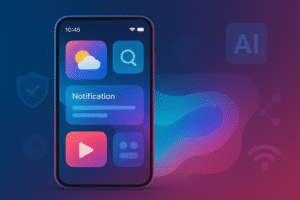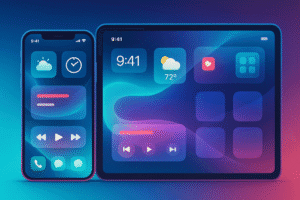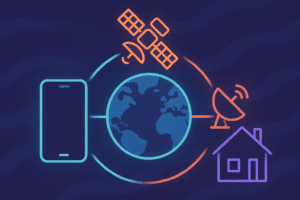Are Foldable Smartphones Finally Worth It?
Foldable smartphones were once seen as gimmicky, expensive, and fragile. But in 2025, the narrative has shifted—and fast. With major brands pushing out multiple generations of foldables, many consumers are starting to ask: Is it finally the right time to buy one?
This article breaks down the current landscape of foldables, weighing the pros, cons, and what’s changed to help you make an informed decision.
The Evolution of Foldables: From Prototype to Powerhouse
In 2019, Samsung’s Galaxy Fold launched with much hype and equal skepticism. Fragile screens, poor software optimization, and sky-high prices left many early adopters disappointed.
Fast forward to 2025, and we’re now in the sixth generation of foldable smartphones. Brands like Samsung, Google, Huawei, Xiaomi, and even Apple (rumored) have pushed innovation forward in:
- Durability: Ultra-thin glass and hinge tech are far more robust.
- Battery life: Dual-battery systems are more efficient.
- App optimization: Android and app developers now support foldable layouts natively.
- Design: They’re lighter, sleeker, and more seamless than ever.
Why Foldables Might Finally Be Worth It
Here are the key reasons why 2025 might be the year foldables make sense:
1. Improved Durability
Forget the horror stories of cracked screens and broken hinges. Devices like the Galaxy Z Fold6 and Pixel Fold 2 have undergone military-grade durability tests. They now come with IP ratings and guaranteed fold lifespans of 400,000+ folds.
Want to dig into the science? Check out this detailed durability report by DXOMARK explaining how foldables are tested in labs.
2. True Multitasking
Foldables now support split-screen, floating windows, and drag-and-drop between apps like a mini-tablet. For professionals and power users, this is a game-changer.
“It’s like carrying a laptop in your pocket—without the weight.“
3. More Affordable Options
High-end flagships still exist, but the market has matured. Brands like Tecno and Oppo have launched foldables under $999, bringing the tech to mid-range consumers.
The Downsides You Still Need to Know
Despite the progress, foldables aren’t perfect.
1. Price Remains High (Mostly)
Even though some are cheaper, top-tier models still hover around $1,500–$2,000. That’s more than most laptops.
2. Battery and Camera Trade-offs
To fit within the thin form factor, manufacturers often compromise on camera sensors and battery size. You’re not getting the best optics or all-day power in every case.
3. Thicker and Heavier Than Slabs
Foldables have gotten slimmer, but they’re still bulkier than the latest iPhone or Galaxy S flagship. If you value compactness, this might be a drawback.
So… Should You Buy One?
Yes—if your use case aligns. Foldables in 2025 are no longer just “cool tech”; they offer practical advantages in productivity, media, and multitasking.
However, they still aren’t for everyone. If you’re just browsing social media and texting, a foldable might be overkill. But if you’re a creator, entrepreneur, or digital nomad who wants maximum screen space in a pocketable device, foldables are finally a smart investment.
Closing Take: The Foldable Future Is Now—But Choose Wisely
2025 marks a turning point. Foldables have crossed from experimental to reliable, with real utility and style. But like any tech product, your choice should depend on your needs—not just the hype.
If you’re looking for recommendations, the Galaxy Z Fold6 and Pixel Fold 2 are leading the charge with great software support, excellent hardware, and strong community backing.
Related Articles You Might Like:
Share this post:














Post Comment